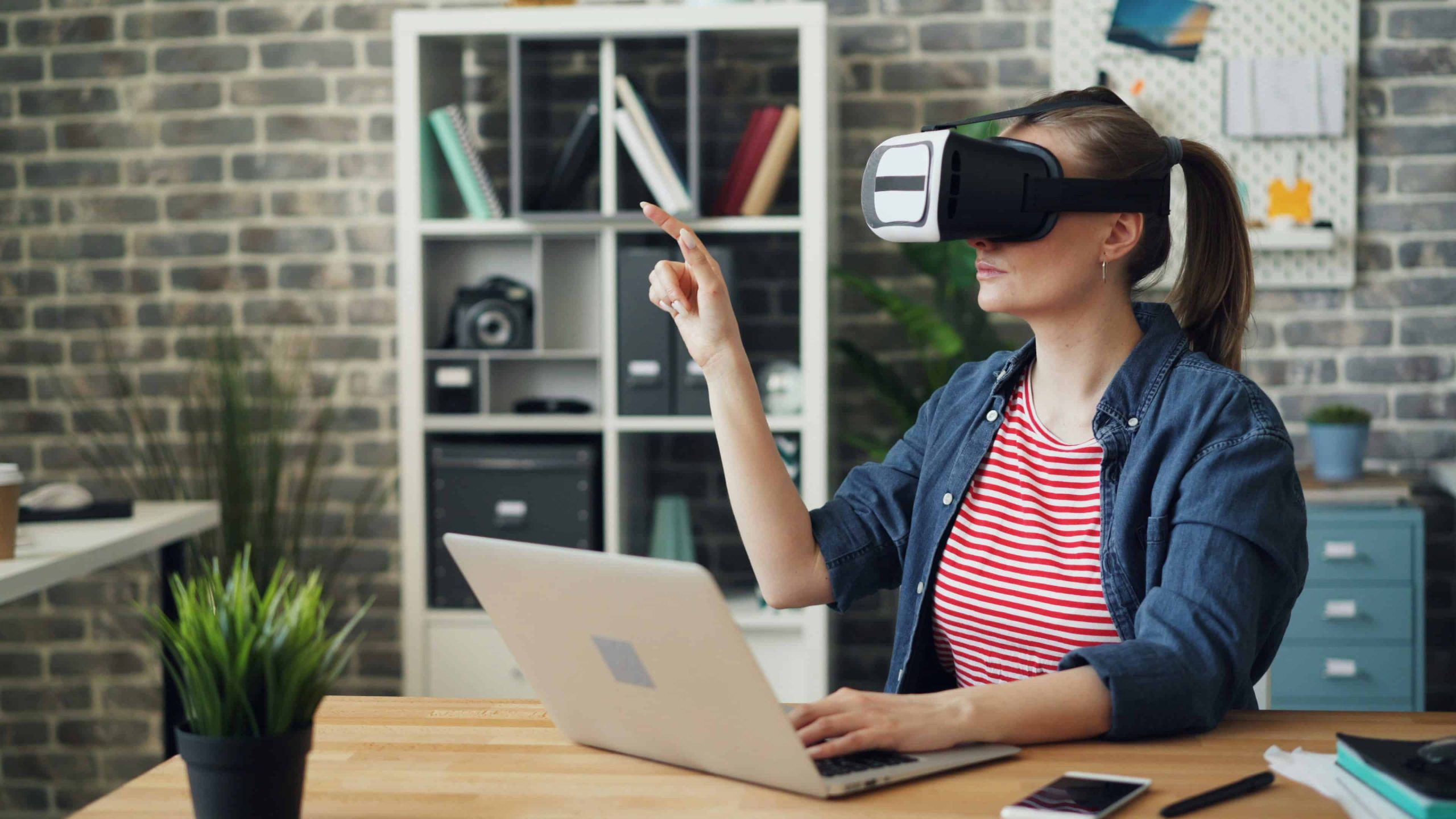
19 Aug Virtual Tours of Historical Art Exhibitions in 2024
Virtual Tours of Historical Art Exhibitions: Unlocking Access to Cultural Heritage
In today’s fast-paced world, the significance of historical art exhibitions cannot be overstated. These exhibitions serve as windows to the past, offering insights into diverse cultures, artistic movements, and societal norms. However, traditional physical access to these exhibitions often poses challenges for individuals who are geographically distant or physically limited. Fortunately, the advent of virtual tours has revolutionized the way we experience art, breaking down barriers and opening doors to a world of cultural heritage like never before.
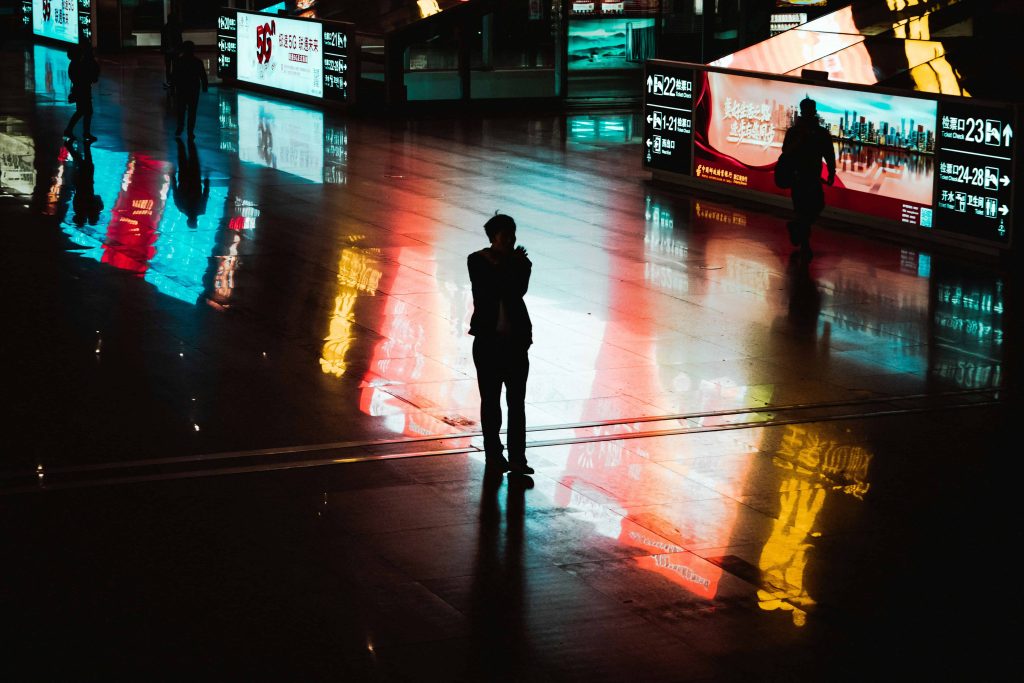
Benefits of Virtual Tours for Historical Art Exhibitions
Increased Accessibility
One of the most notable advantages of virtual tours is their ability to reach audiences regardless of their location. Whether you’re in a bustling metropolis or a remote village, as long as you have an internet connection, you can embark on a journey through centuries of artistic masterpieces with just a few clicks.
Preservation for Posterity
Virtual tours also play a crucial role in preserving historical art exhibitions for future generations. By digitizing these collections, we ensure that they remain intact, immune to the passage of time and the risks associated with physical deterioration.
Enhanced Engagement
Moreover, virtual tours offer opportunities for deeper engagement through multimedia elements. Imagine strolling through a virtual gallery adorned with audio guides that narrate the stories behind each artwork or zooming in to scrutinize brushstrokes and details with unparalleled clarity. Such immersive experiences elevate the appreciation of art to new heights, fostering a profound connection between the viewer and the masterpiece.
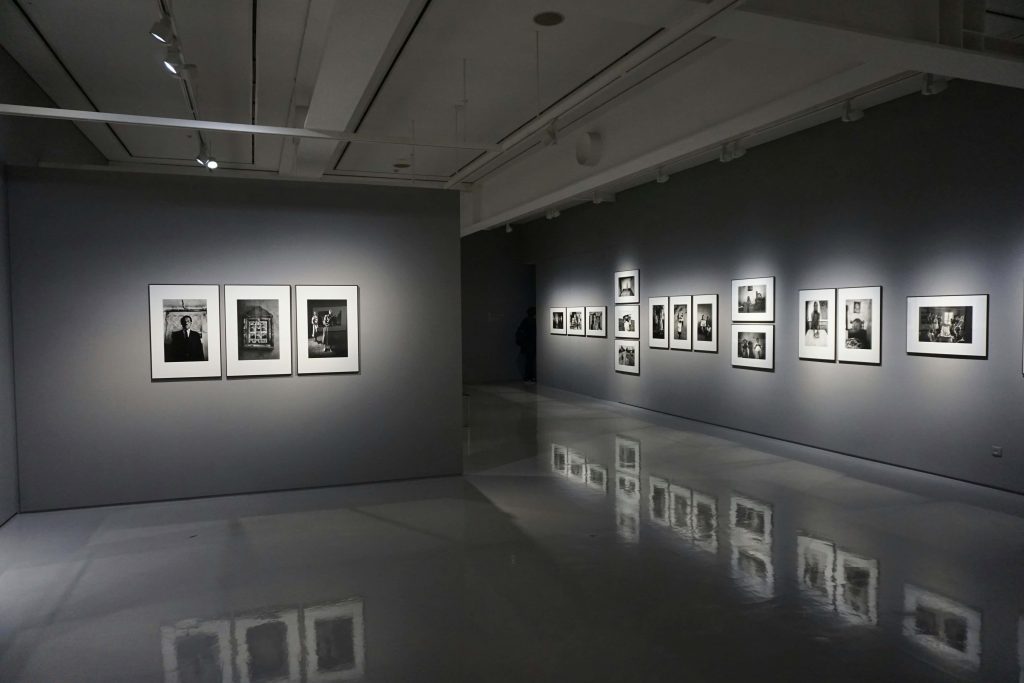
Creating Virtual Tours of Historical Art Exhibitions
Planning and Logistics
The process of creating virtual tours involves meticulous planning and collaboration between museums and technology providers. From capturing high-quality digital images of the artworks to designing a user-friendly interface for navigation, every aspect is carefully orchestrated to ensure a seamless experience for the audience.
Content Development
Equally important is the development of content that enriches the viewer’s understanding of the exhibition. Curatorial voice-overs or text descriptions accompany each artwork, providing insights into its significance and historical context. Additionally, interactive elements such as timelines and artist biographies add layers of depth to the virtual tour, transforming it into an educational and enlightening experience.
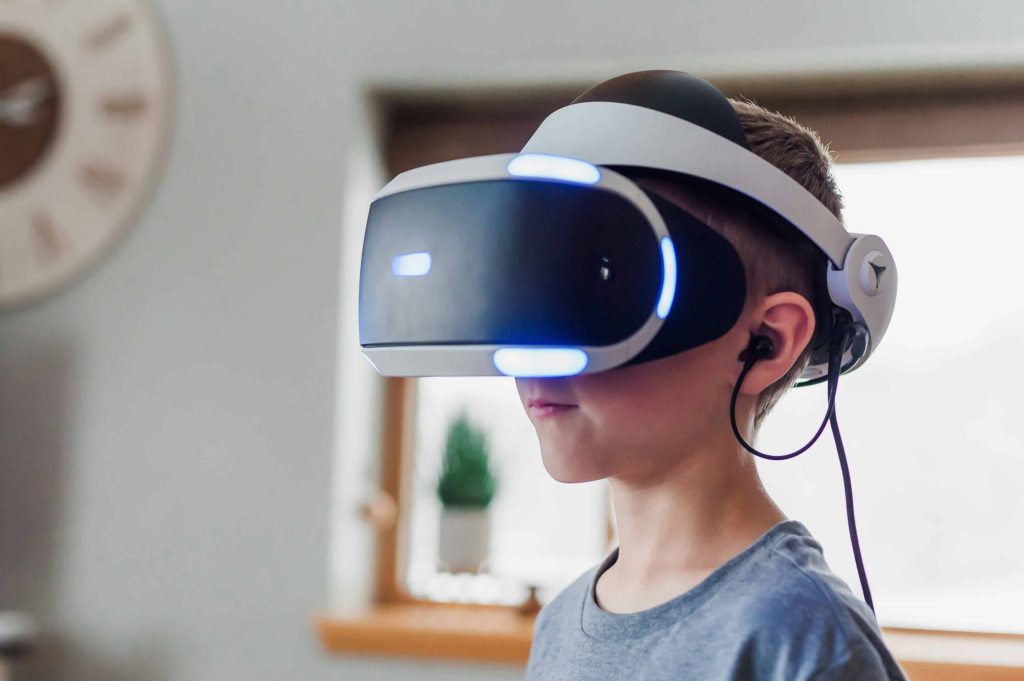
The Future of Virtual Tours for Historical Art Exhibitions
As technology continues to evolve, so too will the capabilities of virtual tours. The future holds exciting possibilities, including:
Virtual Reality (VR) Experiences
Imagine donning a VR headset and stepping into a virtual recreation of your favorite historical art exhibition. With VR technology, viewers can immerse themselves in a lifelike environment where they can interact with the artworks in ways previously unimaginable.
Interactive Features
Developments in 3D modeling and color palettes will enable viewers to engage with artworks on a whole new level. Whether it’s exploring the intricate details of a sculpture or experimenting with different color schemes, interactive features will transform passive observers into active participants in the artistic process.
Artificial Intelligence (AI) Integration
AI-powered algorithms will revolutionize the way we discover and explore art. By analyzing user preferences and browsing behaviors, AI can generate personalized recommendations, guiding viewers towards artworks that resonate with their interests. Moreover, AI-driven educational resources will provide valuable insights and contextual information, enhancing the learning experience for audiences of all ages.
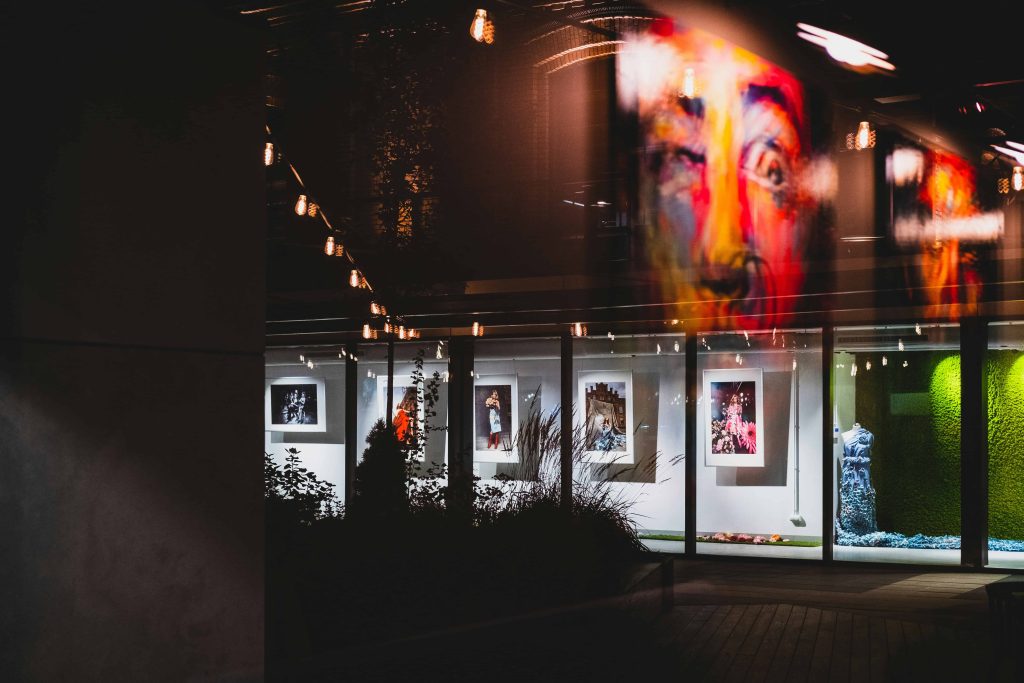
Conclusion
In conclusion, virtual tours represent a paradigm shift in the way we engage with historical art exhibitions. By breaking down geographical barriers, preserving cultural heritage, and fostering deeper engagement, virtual tours democratize access to art and enrich the lives of millions around the globe. As we look to the future, the potential of virtual tours to enhance the art appreciation experience is boundless, promising an exciting journey of discovery and enlightenment for generations to come.
Key Takeaways
- Increased Accessibility: Virtual tours break geographical barriers, allowing anyone with an internet connection to explore historical art exhibitions.
- Preservation for Posterity: Digitizing exhibitions ensures their longevity, safeguarding cultural heritage from physical decay.
- Enhanced Engagement: Multimedia elements in virtual tours offer immersive experiences, deepening appreciation and connection with artworks.
- Planning and Collaboration: Creating virtual tours requires meticulous planning and collaboration between museums and technology providers.
- Future Trends: VR, interactive features, and AI integration will further revolutionize virtual tours, offering lifelike experiences and personalized exploration.
- Democratization of Art: Virtual tours democratize access to art, enriching lives globally and promising an exciting future of discovery and enlightenment.
FAQs
How do virtual tours make historical art exhibitions more accessible?
Virtual tours break geographical barriers, enabling anyone with internet access to explore artistic masterpieces from any location.
What’s involved in creating virtual tours of historical art exhibitions?
Creating virtual tours requires careful planning, collaboration, and content development, including high-quality image capture and user-friendly interface design.
What advancements can we expect in the future of virtual tours for historical art exhibitions?
The future holds exciting possibilities such as Virtual Reality experiences, interactive features, and AI integration, promising enhanced engagement and personalized exploration.
Discover firsthand accounts and compelling examples illustrating the profound influence that art exhibitions wield on the social fabric of local neighborhoods.

